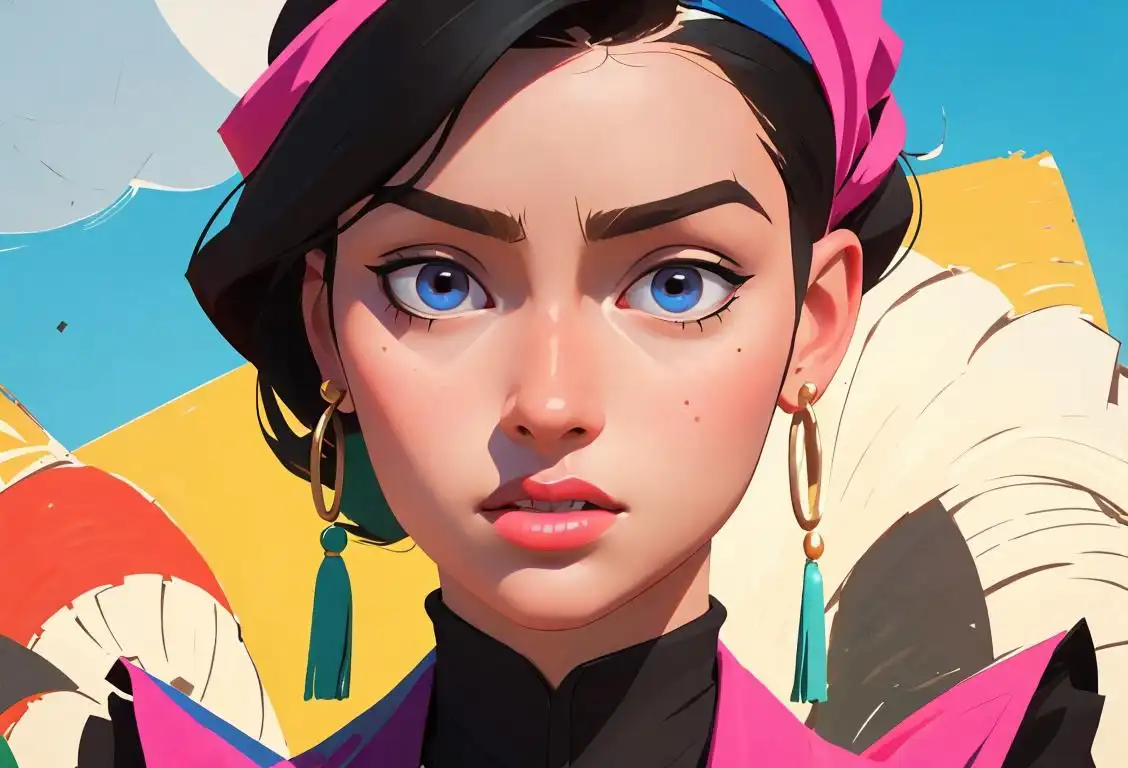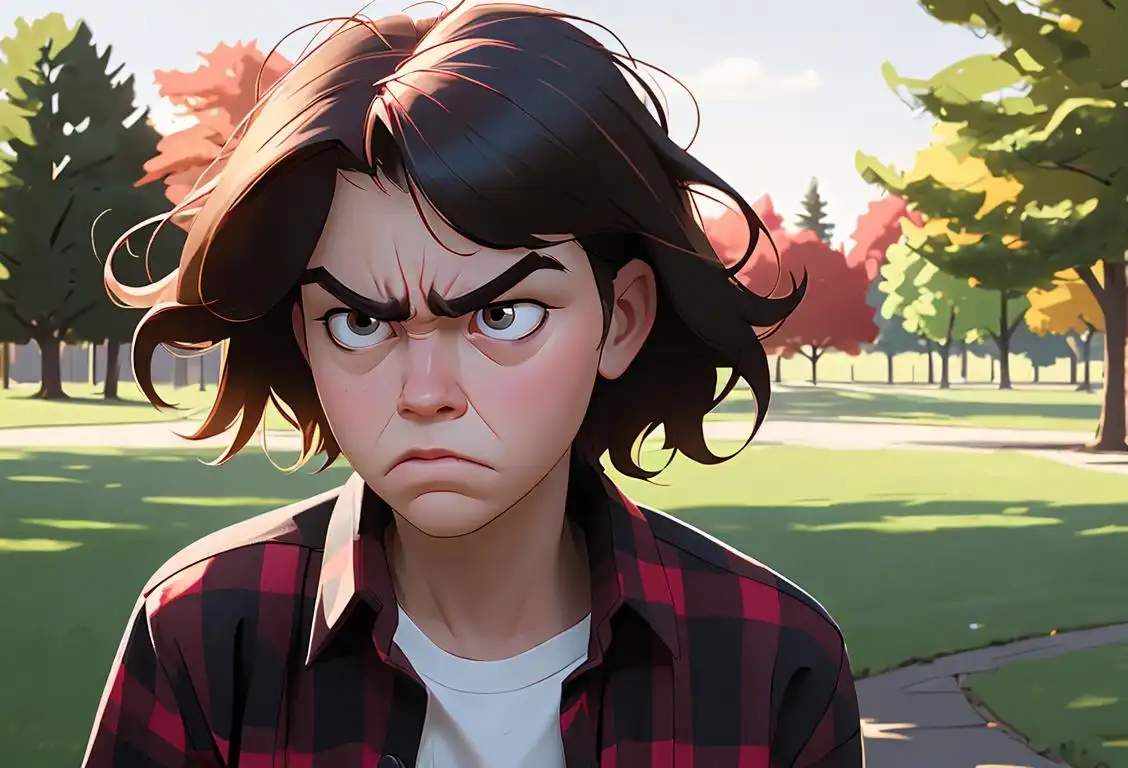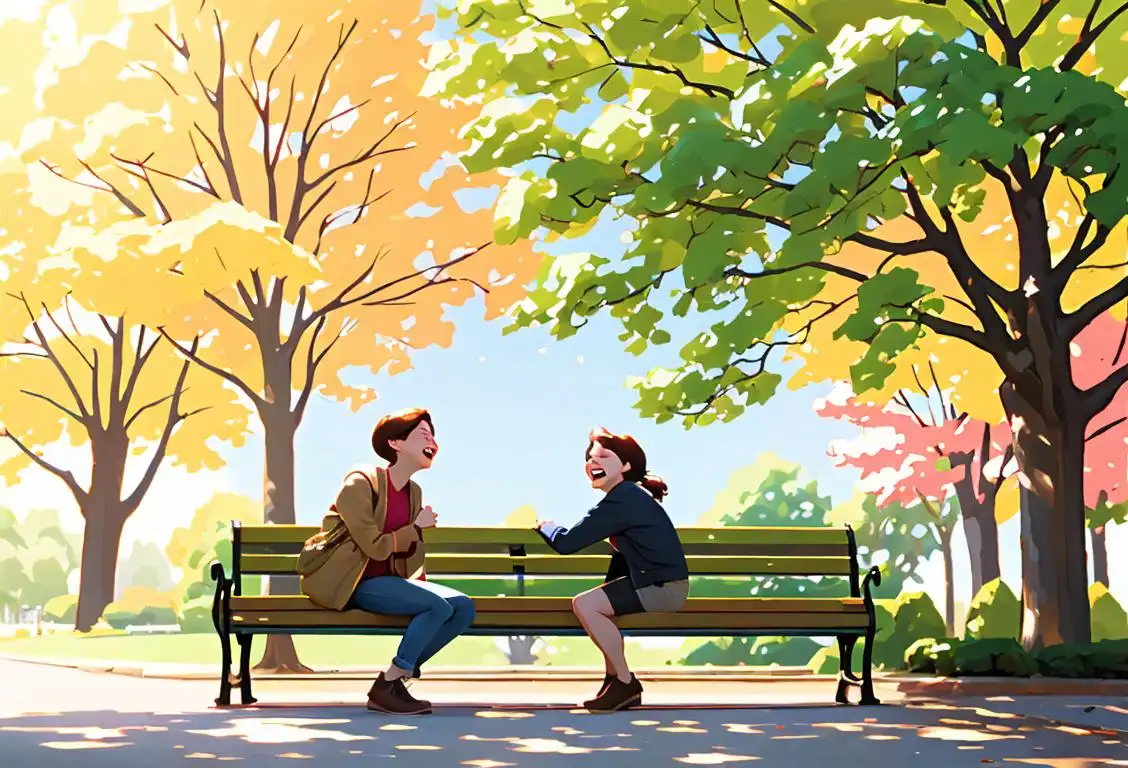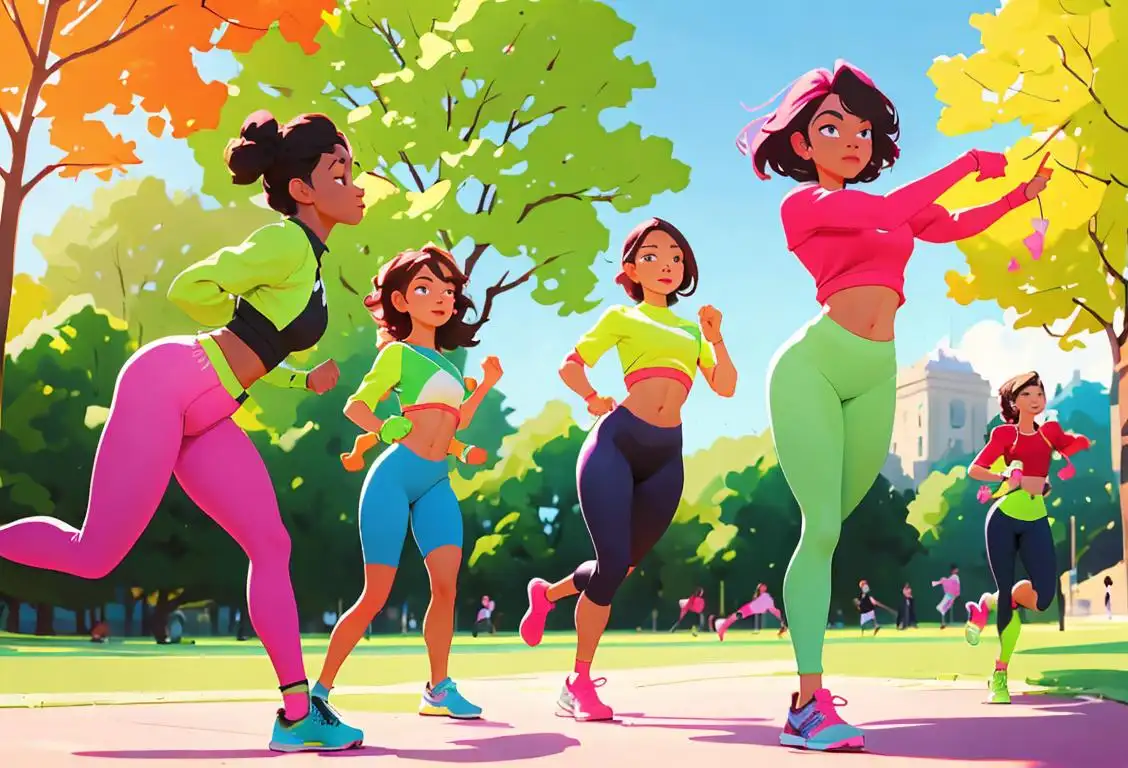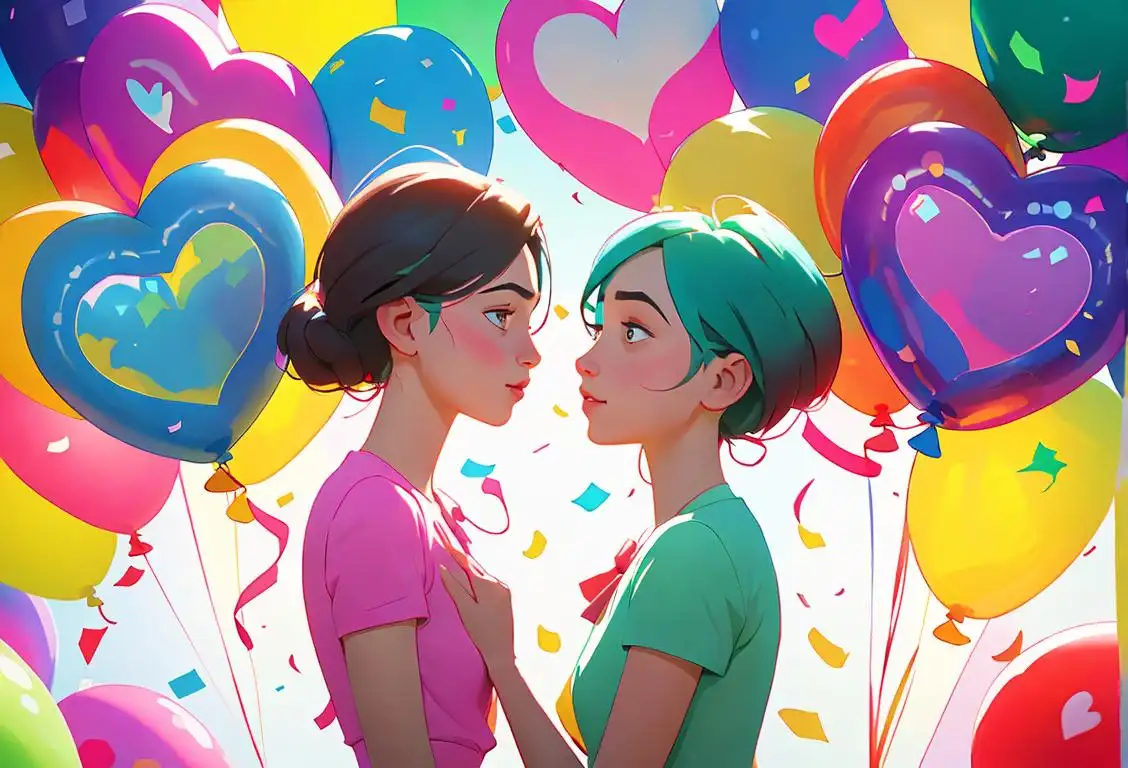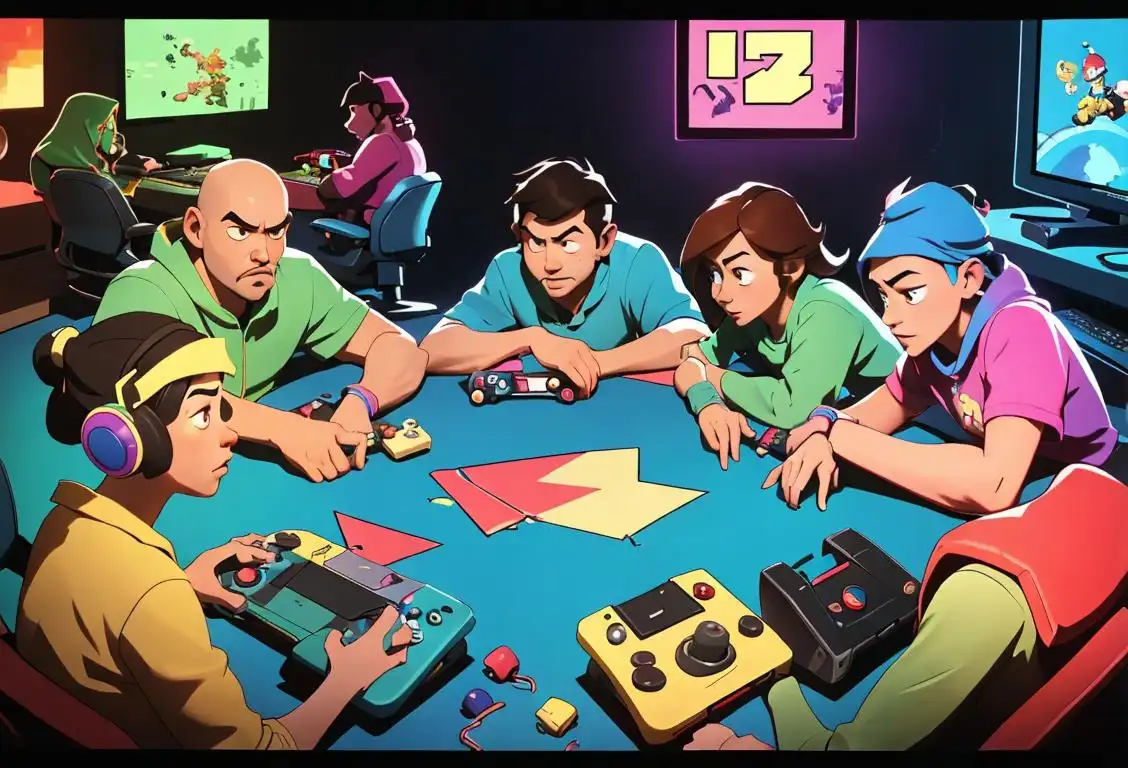National Chicken Boy Day
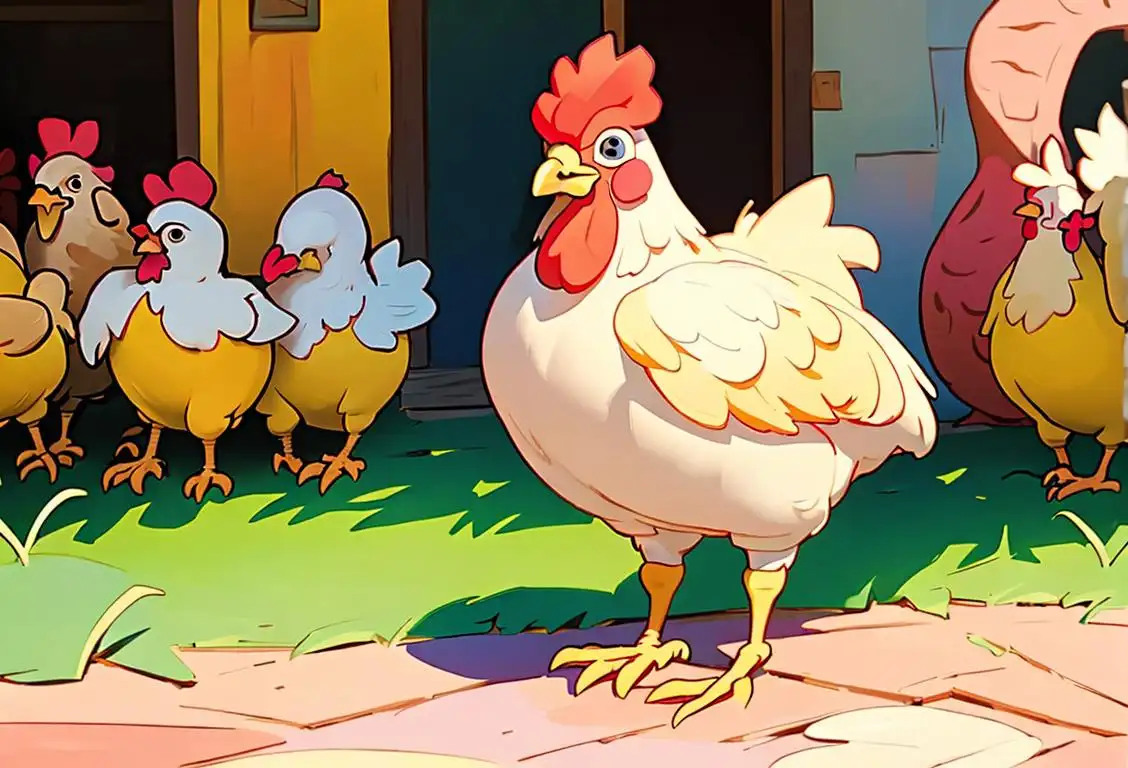
Hey there, chicken enthusiasts! Get ready to cluck your way into the whimsical world of National Chicken Boy Day. Whether you're a fan of feisty fowls or just appreciate the quirkiest commemorations, this is the perfect day for you. So, grab a feathered friend, buckle up your funny bone, and let's explore the internet history of this clucking charming holiday!
When is Chicken Boy Day?
It's national chicken boy day on the 1st September.
What's the Scoop with National Chicken Boy Day?
On this memorable day, we celebrate the legendary Chicken Boy, a statue with the body of a boy and the head of a chicken. You might be thinking, 'Wait, what?!' Well, let me break it down for you.
The story begins in the 1960s, when the Chicken Boy statue stood atop a restaurant called 'Chicken Boy's' in California. With his beady eyes and feathery crest, this quirky statue quickly became a local landmark, catching the attention of passersby.
As the years went by, Chicken Boy's restaurant sadly closed its doors. However, Chicken Boy himself was saved by a group of passionate individuals who recognized the significance of this poultry-inspired figure. They lovingly restored the statue and relocated it to its new home in Highland Park, California.
Now, you might be wondering, 'Why celebrate this peculiar combination of chicken and boy?' Well, my friend, the Chicken Boy statue represents the imaginative spirit of American roadside attractions. It's a symbol of creativity, fun, and a little bit of weirdness that makes life so delightfully interesting.
Why Should You Join the Chicken Fun?
Chicken Boy Day isn't just about a statue with a chicken head—it's about embracing quirkiness and celebrating the joyous oddities that make each of us unique. It's a day to let your imagination take flight and show appreciation for the unconventional, because why fit in when you can stand out?
So, channel your inner Chicken Boy and join the festivities. You can paint your face like a chicken, strut around town in feathered attire, or simply engage in poultry-related activities that crack you up. Gather your friends, flock together, and let the fun begin!
History behind the term 'Chicken Boy'
1946
The Birth of Chicken Boy
Chicken Boy is a term that originated in the United States in 1946. It refers to a fictional character, usually depicted as a young boy with chicken-like features. The term gained popularity through comic books and cartoons, where Chicken Boy was often portrayed as a mischievous and adventurous character.
1950
The Birth of Chicken Boy
In 1950, a fiberglass statue known as 'Chicken Boy' was created as a promotional figure. Chicken Boy stood at a height of 22 feet and was originally built to attract customers to a fried chicken restaurant in Michigan, USA. The statue portrayed a boy with a chicken's head, wearing overalls and holding a bucket of chicken. Little did anyone know at the time, this quirky statue would go on to become a cultural icon.
1950
Chicken Boy Goes Mainstream
In the 1950s, Chicken Boy went mainstream and started to appear in a variety of mediums. He became a beloved character in advertisements, toys, and even on television shows. This widespread exposure propelled Chicken Boy into popular culture, and his likeness could be seen on merchandise and in the imaginations of children everywhere.
1978
Chicken Boy Finds a New Home
In 1978, Chicken Boy found a new home in Los Angeles, California. Amy Inouye, the curator of the nearby art gallery, 'The Folk Tree', discovered the giant statue lying neglected on top of a storage yard. Recognizing its uniqueness and artistic value, Inouye decided to give Chicken Boy a new lease on life. She rescued the statue and moved it to the roof of her gallery, transforming Chicken Boy into a beloved symbol of Los Angeles.
1960
Chicken Boy Enters the Urban Dictionary
By the 1960s, Chicken Boy had become a cultural icon, and the term made its way into the Urban Dictionary. Here, it took on a new meaning and referred to someone who was brave, adventurous, and perhaps a bit mischievous. The term became synonymous with a person who was unafraid to take risks and embrace their inner curiosity.
1984
Designation as a Cultural Monument
In 1984, Chicken Boy received an unexpected honor when it was officially designated as a Cultural Monument by the City of Los Angeles. This recognition solidified the importance of Chicken Boy as a cherished part of the city's folklore and history. The statue became a symbol of the city's quirky and creative spirit, drawing visitors from all over to admire and take photos with the iconic figure.
2007
Chicken Boy's New Perch
In 2007, Chicken Boy was relocated to its current home on Figueroa Street, Highland Park, Los Angeles. The statue was placed on top of a newly renovated restaurant building, aptly named 'The Chicken Boy Shop,' owned by Amy Inouye, who played a crucial role in preserving the statue's legacy. Chicken Boy now stands proudly as a local landmark, continuing to capture the imagination of passersby and reminding them of the city's eccentric charm.
1975
Chicken Boy in Popular Music
In the 1970s, Chicken Boy's influence extended to the world of music. Several popular songs, such as 'The Ballad of Chicken Boy' and 'Chicken Boy Blues,' featured the character in their lyrics. These songs further solidified the term's place in popular culture and showcased the enduring popularity of Chicken Boy as a symbol of adventure and individuality.
2000
Chicken Boy in the Digital Age
With the arrival of the digital age, Chicken Boy found a new home on the internet. Memes, gifs, and viral videos featuring the character became immensely popular, spreading his fame even further. The term 'Chicken Boy' became a source of nostalgia for many, representing a time of innocent fun and imagination. It continues to be shared and referenced in online communities to this day.
Present Day
Chicken Boy's Enduring Legacy
Today, Chicken Boy is more than just a roadside attraction or an oddity. It has become a symbol of creativity, resilience, and quirkiness. The statue represents the unique spirit of Los Angeles and has even inspired a Chicken Boy fan club and annual events like the 'Chicken Boy Art Festival.' It serves as a reminder to embrace the unexpected and celebrate the diversity of artistic expressions that make communities thrive.
Did you know?
Did you know that the original Chicken Boy statue was actually once associated with a fried chicken restaurant? Talk about a poultry personality with style!Tagged
fun celebration quirky localFirst identified
1st September 2015Most mentioned on
1st September 2020Total mentions
54Other days
Chicken Boy Day
Regional At Best Day
Addie Day
Wankers Day
Grump Out Day
Friend Day
Vodka Day
Fitness Day
Bestfriends Day
Video Game Day
